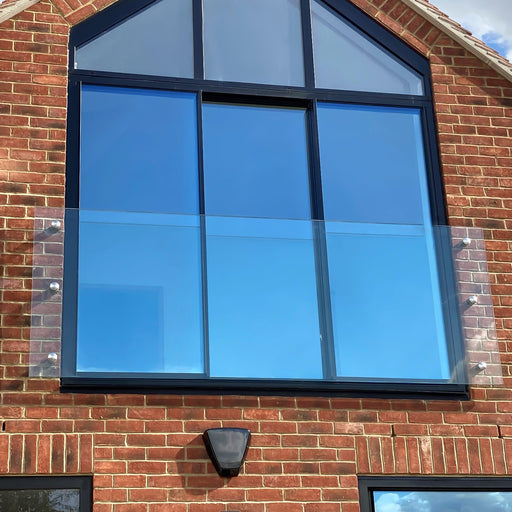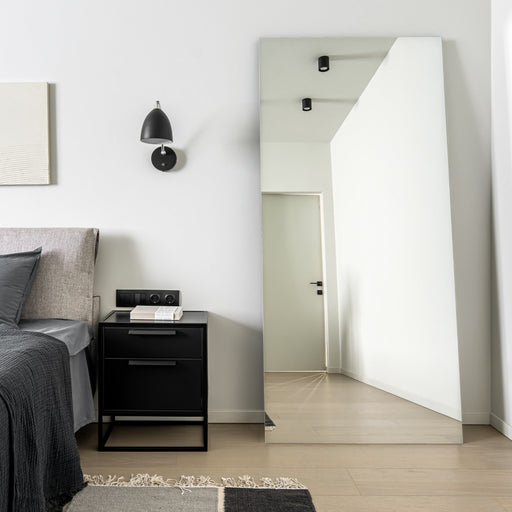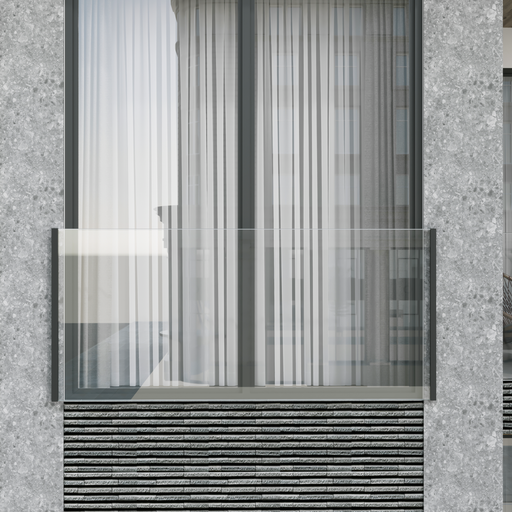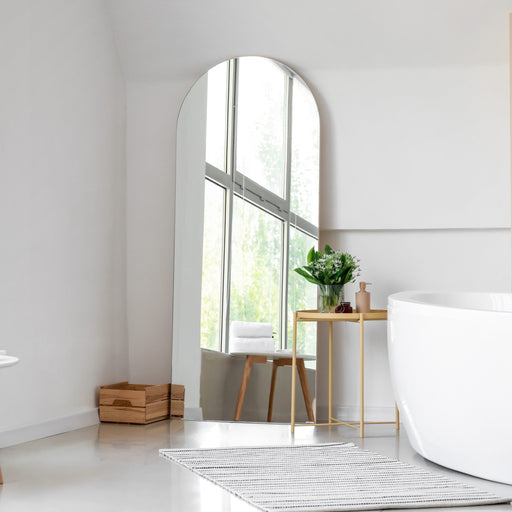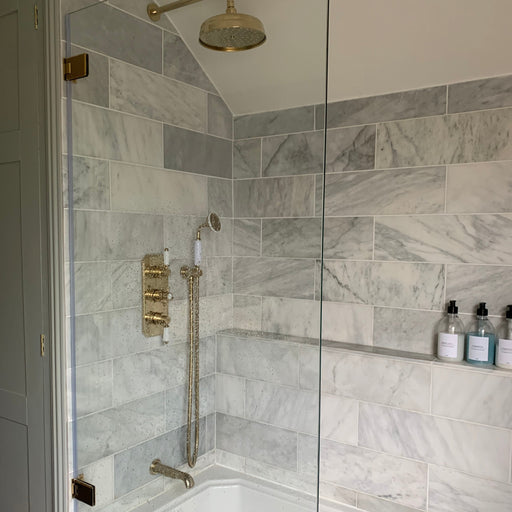Call 020 8500 1188
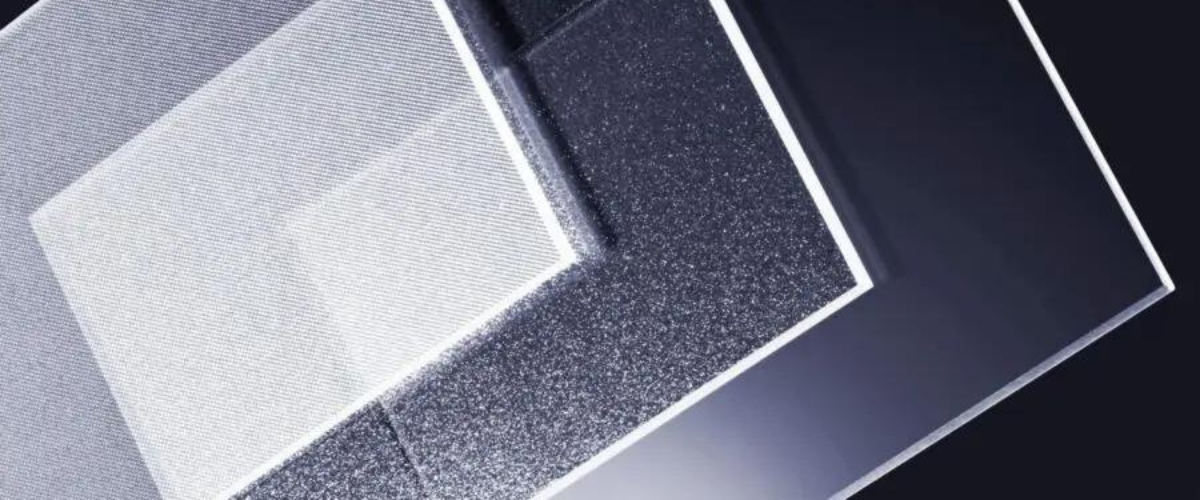
Toughened glass vs safety glass: Is there a difference?
When it comes to using glass in projects where safety is a priority, it's important to choose the right type of glass, especially if there is a chance it could be impacted or pose a significant safety risk should someone fall into it.
If you’ve been researching glass types for your project, you’ve likely come across toughened glass and safety glass.
But if you’re getting confused about the difference because everything you read makes them sound the same, then this blog has been written just for you.
Is there a difference between toughened glass and safety glass?
The short answer is no. Toughened glass is actually a type of safety glass. It's designed to be stronger than regular glass and can withstand impacts. If it does break, it's designed to shatter into small fragments, reducing the risk of injury.
While all toughened glass is a type of safety glass, not all safety glass is necessarily just toughened glass as there are many types of ‘safety’ glass.
Projects you'd use toughened safety glass for
Toughened safety glass is a great option for a variety of projects, including:
- Low level windows
- Worktops
- Tabletops
- Doors
- Shower screens
- Balustrades
- Kitchen splashbacks
Benefits of toughened safety glass
There are many benefits to using toughened safety glass, including:
Increased safety:
Toughened glass is designed to shatter into small fragments, reducing the risk of injury.
Greater strength:
It’s significantly tougher than regular glass and can withstand bigger impacts without breaking.
Cost-effective:
It’s often cheaper than other types of safety glass, such as laminated glass, or toughened laminated glass.
Heat resistant:
Toughened glass can withstand high temperatures, making it suitable for a range of projects, especially where thermal stress is likely.
Versatile:
It can be used in a wide range of projects thanks to its safety features, heat resistance, and cost effectiveness.
Other types of safety glass you could choose
In addition to toughened glass there are other types of safety glass available, including:
Laminated glass
Laminated glass is made by sandwiching a layer of plastic between two sheets of glass. If the glass breaks, the plastic layer holds the glass together, reducing the risk of injury.
Fire rated glass
There is a wide range of fire rated glass types, each providing different levels of integrity when exposed to fire over a prolonged period of time. These include, but are not limited to:
Conclusion
When it comes to choosing the right type of glass for your project, safety should be a top priority. Toughened glass is a great option, offering increased safety and greater strength than regular glass. In addition, there are other types of safety glass available, including laminated glass and fire rated glass. Consider the requirements of your project and consult with a professional to choose the best option for your needs.
At Express Glass Warehouse, we are safety glass experts, and our team are available to discuss all of the available options and advise on which glass is right for your project. Contact us today to speak to an expert.Products you might like
Juliet Balcony, Toughened Laminate Glass with Fittings
From13mm, 17mm & 21mm Juliet Balcony - Toughened Laminate Glass with Fittings. Glass is toughened and laminated together with EVA waterproof ...
View full detailsFrameless Free Standing Leaner Mirror
FromFrameless Free Standing Leaner Mirror - 6mm with polished edges - Silver (also available in Grey, Bronze or Antique Bronze) All glass manufac...
View full detailsToughened Laminate Glass Juliet Balcony & Top Mount System (White, Grey OR Black)
FromToughened Laminate Glass Juliet Balcony & SkyForce Top Mount System (White, Grey OR Black Matt Finish)Skyforce is the first almost in...
View full detailsFrameless Free Standing Arch Leaner Mirror
FromFrameless Free Standing Arch Leaner Mirror - 6mm with polished edges - Silver (also available in Grey, Bronze or Antique Bronze) All glass ma...
View full details8mm Toughened Glass Bath Screen with Brass Hinges
FromFrameless Glass Bath Screen with brass hinges for 8mm glass. Includes hinges, base & wall seal and clear 8mm clear toughened glass panel.Hinge...
View full details

